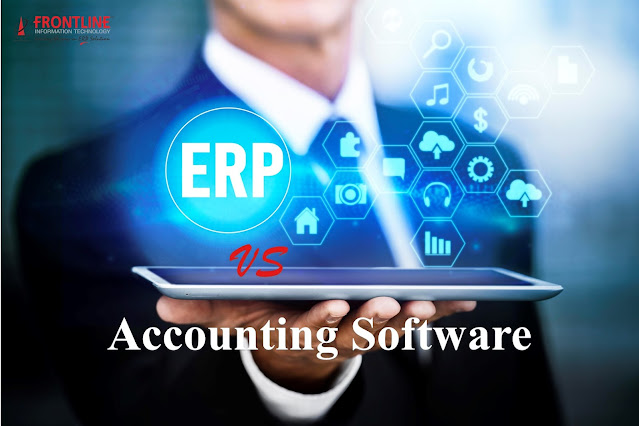Breaking Seven Myths of Business Process Reengineering
Through
the treacherous years of manual processes, outdated legacy systems, inaccurate
performance data and internal operational breakdowns, most organizations are
ready for a heavy dose of business process
reengineering (BPR).
While
this is mostly good news; there is a catch. As unfortunate as it may be,
everyone has differing opinions of what business process reengineering actually
means and wonders what its correlation is to ERP implementations. Here we are
discussing seven common myths associated with BPR.
Business
process reengineering doesn’t need to happen on ERP projects. This
is perhaps the most misguided of all the myths mentioned. Every ERP system –
regardless of which you choose – will most likely wreak some sort of havoc on
your business processes. Most of these changes will be positive improvements,
but will still require some effort in defining your operations in the new
system environment.
2. Simply
implementing a new ERP system will drive process improvements. This
may take the cake for the most pervasive myth in the industry regarding
business process reengineering. Today’s ERP systems are extremely
robust and flexible,–meaning that even the simplest business processes can be
performed in a wide variety of ways. This leads to a need for pre-defined
business processes so that the software can be configured and/or customized
accordingly.
3. ERP
project teams should focus on “to-be” rather than “as-is” processes. If
you are an ERP vendor or sales rep, current-state processes probably don’t
affect your dad-to-day. But if you are the organization making the changes or
the employees doing the work every day then the current processes absolutely DO
matter. For this reason, it is critical that you assess the current state of
your processes to help you obtain the future state as part of your business
process reengineering and optimization efforts.
4. Business
process improvements can be done without organizational change
management. While you don’t often hear many say this
out loud, too many executives think that they can simply redefine and implement
business processes without organizational change management. However, this
is a very misguided view of how to enable process and system changes. The most
effective business process reengineering efforts succeed largely because of the
way organizational change is addressed – not because of how well the processes
were defined on paper.
5. You
can’t reengineer business processes before knowing which software you are going
to implement. Obviously, screen transactions and menu
options are driven by specific ERP software, but the how, what and
when of what your business actually does is mostly independent of your
software. Sure, your new ERP system may provide some new and better ways of
carrying out the detailed transactions, but the general nature of your business
operations probably won’t change much. For this reason, it is typically more
advantageous and efficient to both evaluate and improve your business
processes prior to selecting and implementing a new system.
6. All
business processes need to be overhauled before selecting and implementing a
new ERP system. In opposition to myth #5, some executives
believe that they need to evaluate, redesign and reengineer their entire
business prior to selecting and implementing a new ERP system. However, this is
not the case. Typically, the most successful organizations focus on improving
their core areas of competitive advantage or differentiation as part of their
ERP implementations, while letting other non-core business processes follow the
lead of the software’s out-of-the-box functionality.
7. Business
process reengineering will cause my ERP implementation to take more time and
money to implement. The Achilles heel of many failed ERP
implementations is that they assume that “doing things right” will cost
more time and money than if they cut some corners along the way. While it may
look good on paper to strip out any extensive business process work, the
reality is that your project will most likely take longer to implement and
proceed to fail at go-live if business processes are not adequately addressed
as part of your implementation. Remember that it is much less expensive to do
things right the first time than it is to do clean up after an ERP failure.
If
you have hopes of a successful ERP implementation—and let’s face it, everyone
does—be sure to keep a realistic view in mind and don’t cut corners. And, as
always, beware of the seven deadly myths.




Comments
Post a Comment